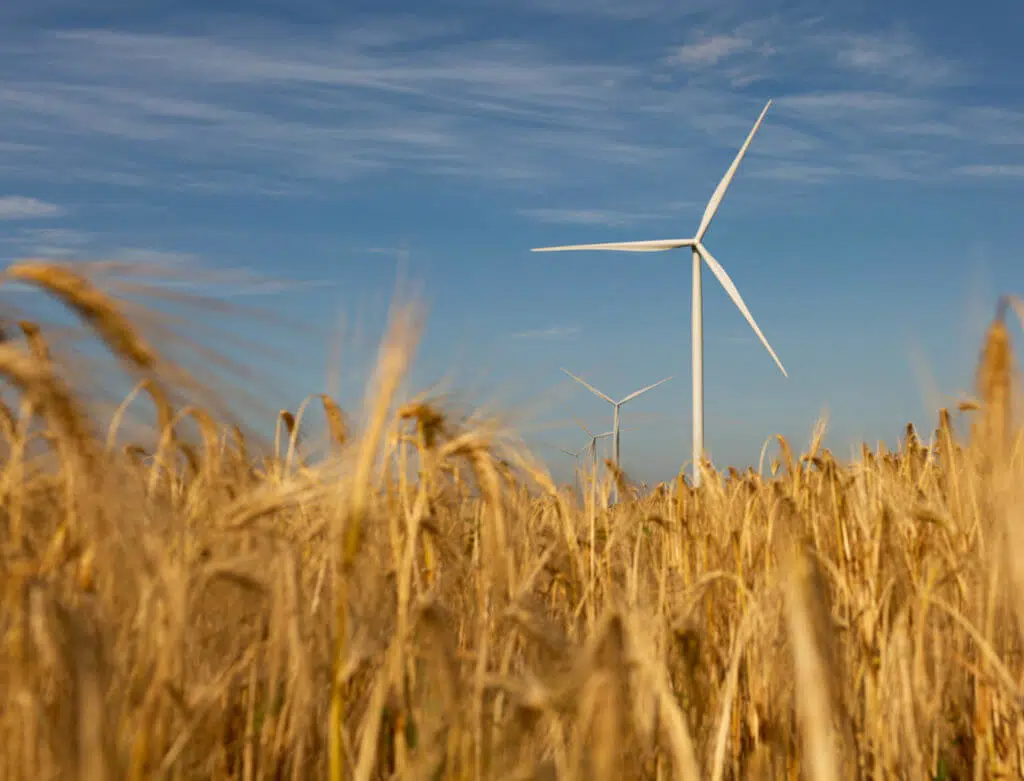No one knows who first decided to take the sails off a boat, bind them together around an axle, and create a windmill, but they have been around since the Persians (between AD 500 and AD 900). In 1888, Charles F Brush made a wooden windmill that could generate electricity, and as of the end of 2018, 591 gigawatts of power were generated globally by wind power. Up to the 1950s, crop farming was basic and the concept of food security almost non-existent. Enter Norman Borlaug, who worked in Mexico for two decades breeding semi-dwarf, disease-resistant varieties of wheat that almost tripled the national wheat production off roughly the same amount of land. I have long been fascinated by the type of thinking that results in massive developmental leaps for humankind, including those visionary folks among us that possess a rare talent to look at the everyday mundane and see nothing but massive potential. But how do we mere mortals develop this kind of thinking on our farms and reap the huge rewards that ensue? I think that there are four strategies we can use.
1. One brain is good, but many brains are better.
We need to be widely informed. Using the team of managers, nutritionists, veterinarian, consultants, and specialist suppliers at your disposal will keep you informed about your options.
2. A compass is useless if you don’t know where you are.
We need to know where we are. I often use the example of two farmers producing a herd average of 25 ℓ per cow. One is a pasture farmer milking at 90% of his potential and the other is a herd milking from a total mixed ration at 65% of their potential. Who has more work to do? This is where your team must guide you, where measurements and sound information come to the fore.
3. If you do what you’ve always done, you’ll get what you’ve always got.
If we want to find unique solutions, we need to look beyond mainstream ideas and sometimes consider the often weird-sounding ideas on the periphery. The answers to some of our oldest problems might be found on the edge of our vision.
4. Constantly ask yourself, “How can I make this moment better?”
I’ve started using this question in every sphere of my life, in a technical meeting, at the dam with family, everywhere and anywhere – and I am constantly amazed at the creativity that blossoms.

Putting the strategies into practice
I recently came across one such peripheral idea, which I received from my network of technical brains (Strategy 1).
Following Strategy 2, let’s define where we are? We milk cows until two months before calving and then put them on a so-called maintenance ration for about 40 days before moving them to a steam-up group where they stay for three weeks. They calve down and enter the fray once more. If we are lucky, they have no complications such as ketosis or milk fever, but often this is not the case. While we may measure the number of clinical cases, in the back of our minds the rate of incidence of subclinical milk fever is a complete unknown. We simply do not know where we are and what, if anything, it is costing us.
I decided that I wanted to know more about the possibility and so I did some reading. Reinhardt et al. (2011) measured blood calcium levels in 1 462 cows and found that, even though first-calving heifers only show a 1% incidence of milk fever, they had a 25% rate of subclinical milk fever (where blood calcium levels drop below the 2 mM calcium threshold). This rockets to 6% clinical and 49% subclinical by the time they get to their third lactation. Further reading found at least seven similar studies all with differing, but still alarming, rates of subclinical milk fever. Oetzel (2011) estimated that clinical milk fever costs US$ 300 (R4 434) and subclinical milk fever costs US$ 125 (R1 847) per cow. So, in a group of 100 fresh cows, we can assume that 1% will have clinical milk fever (costing 1 cow x US$ 300 = R4 434). The subclinical cases will cost us 25 animals at US$ 125 per case, which adds up to a loss of R46 175! This implies that ten times the clinical cost goes completely unseen, unmeasured, and untreated. Therefore, your first call to action is to start measuring blood calcium levels and understand where you are.
Strategy 3 suggests that we look for new ways to solve current challenges. Anionic salts have been used extensively for many years and are effective at reducing the incidence of milk fever. The calcium-binding strategy has also been effective. It enables close-up dry cows to be pasture- and lucerne-fed, thereby allowing the diets of dry and lactating cows to be successfully synchronised.
And finally, Strategy 4 asks how we can make our situation better? Let’s talk about strategies for a more effective lactation. Measure where you are and decide if it is worth solving this issue on your farm.
Let me end with a rather dramatic quote from Dr Elvin Stakman, who inspired Dr Norman Borlaug to pursue his life’s work: “We adapt, or we perish!”
Alex Jenkins is a technical specialist in the ruminant team at Chemuniqué and holds a master's degree in animal science from the University of KwaZulu-Natal.











Excellent article Alex, well done!
Great article Alex. Always enjoying to read your articles.